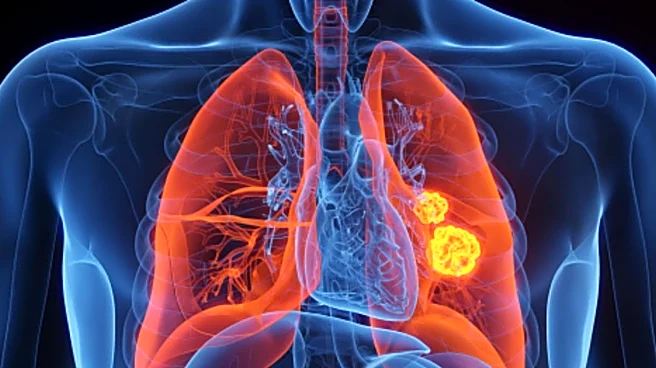Recent weeks have witnessed a dangerous spike in pollution in the national capital with air quality falling to “severe” levels, prompting health warnings for millions of inhabitants.
“As the city and neighbouring
areas grapple with dangerous levels of smog, doctors are warning about the long-term health consequences, particularly for people suffering from chronic respiratory disorders such as Chronic Obstructive Pulmonary Disease (COPD). Chronic obstructive pulmonary disease (COPD) is now one of the main causes of mortality, owing to increased exposure to various air contaminants,” says Dr Akshay Budhraja, Senior Consultant & HOD- Respiratory & Sleep Medicine, Aakash Healthcare, said.
Dr Budhraja further adds, “These contaminants have also been linked to various illnesses such as asthma, interstitial pulmonary fibrosis, cystic fibrosis, and lung cancer. Short-term exposure to outdoor pollution has been linked to an increase in death and morbidity.”
The World Health Organization (WHO) found that 90% of COPD-related fatalities occurred in low- and middle-income nations.
The association between air pollution and COPD
There is strong evidence linking air pollution to non-infectious respiratory disorders like COPD. Highlighting the impact of both, indoor and outdoor air pollution, Dr. Aakaar Kapoor, Founder & Designated Partner, City Imaging and Clinical Labs adds, “Chronic respiratory disorders cause around 4 million premature deaths each year. Indoor and outdoor air quality are crucial to everyone’s health, particularly those with chronic obstructive pulmonary disease (COPD). COPD, which encompasses chronic bronchitis and emphysema, is a long-term lung illness that causes air flow restriction (less air in and out of the airways) and breathing problems. Specifically, air pollution in the form of particulate matter can have more significant impacts on the health of people living with this chronic lung disease.”
Air pollutants cause inflammation in the lung tissue of COPD patients, as well as increased COPD symptoms and decreased lung function. Individuals with COPD must take efforts to enhance the quality of their indoor air, particularly particulates. Fortunately, there are measures you can do to enhance indoor air quality and minimize particle pollution in your house.
Sharing similar concerns, Dr. Sushrut Ganpule, Consultant, Chest Medicine, Jupiter Hospital, Pune opines, “Particulate matter is made up of minute airborne particles such as dust, tobacco smoke, diesel emissions, combustion exhaust, pollens, pet dander, mold spores, and others. Particulate matter (PM) is so fine that it can reach the lung’s air sacs (known as alveoli). Particulate particles, once in the alveoli, can irritate and erode the walls, causing lung damage and illness. The tiniest particles can even get from the alveoli to the bloodstream. These contaminants, in high concentrations, have been linked to an increased risk of stroke and heart attack.”
Air pollution exposure not only raises the risk of COPD in healthy persons, but also in asthma patients who develop asthma-COPD overlap syndrome (ACOS), which may contribute to the transition from asthma to COPD.
How to Minimize Exposure
Rising levels of air pollution and the resulting growth in respiratory disorders such as COPD pose a serious public health problem. While one does not have any control on outdoor pollution, you can take the following actions to reduce your exposure to contaminated air and manage your symptoms, Dr. Manav Manchanda, Director & Head-Respiratory Critical Care & Sleep Medicine, Asian Hospital, explains, “If air quality is bad, stay indoors and use an air filter. Air pollution can make it difficult to breathe and exacerbate COPD symptoms. It can also exacerbate and prolong flare-ups. These hazards to COPD patients’ health may worsen when the frequency of wildfires and intense heat rises due to climate change. Check air quality, cover windows, and stay indoors during polluted or dusty conditions. Adhere to vaccination schedule. If you are 60 years or older, have COPD, or are pregnant, the respiratory syncytial virus vaccination is advised. Other vaccinations suggested for certain groups include the TDAP vaccine, which prevents whooping cough, and shingles doses.”


/images/ppid_a911dc6a-image-176356328688337277.webp)

/images/ppid_a911dc6a-image-176360802840761580.webp)


/images/ppid_59c68470-image-17635375308773367.webp)

/images/ppid_a911dc6a-image-17634708329726615.webp)



